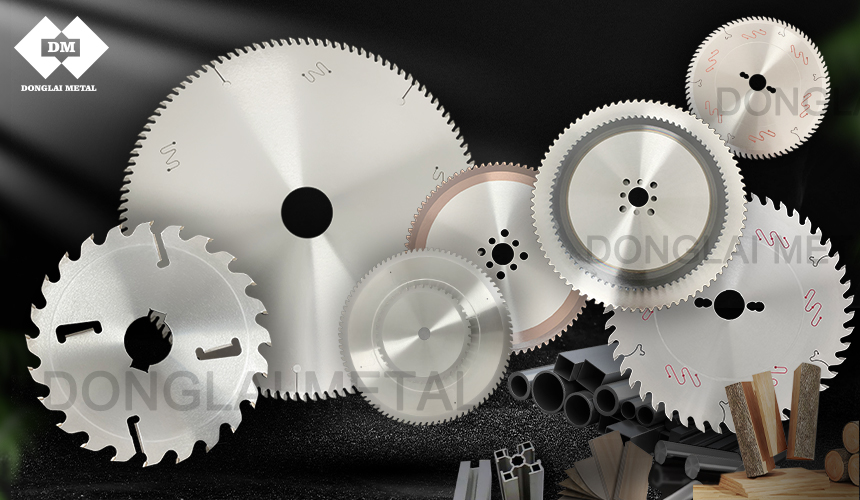Ⅰ.abnormal na tunog
1. Ang nakita ng mga blades na labis na labis, sobrang init, o nabigo dahil sa mga panlabas na puwersa ay kailangang itama.
2. equipment spindle clearance, run-out, pagpapalihis.
3. Ang talim ng lagari ay may mga bitak, nakalakip ang mga dayuhang bagay, at ang mga item sa labas ng materyal na paggupit ay naantig kapag pinutol.
Ⅱ.Abnormal na pagpapakain
1. Nakita niCarbide ang talim na dumulas.
2. Ang spindle ay natigil ng dayuhan mga bagay.
3. May mga dayuhang bagay na humaharang sa paglabas ng port.

Ⅲ.Ang ibabaw ng workpiece na pinutol ay may mga burrs o hindi pantay.
1. Ang talim ng lagari ay hindi patag at kailangang itama.
2.saw blade na depekto sa ngipin.
3.Incorrect pag -install ng saw blade.
4. Ang talim ng lagari ay ginamit nang napakatagal at ang kawastuhan ng tip ng karbida ay nabawasan.
Ⅳ.Ang kababalaghan ng clipping saws
1. Ang disenyo ng talim ng karbida ay hindi makatuwiran at ang mga chips ay hindi maalis sa oras.
2. Ang materyal na blade ng saw ay hindi angkop para sa materyal na naproseso.
3.Overuse ng saw blades na nagdudulot ng sobrang pag -init.
4. Ang saw blade ay nagbabago o ang machine spindle ay tumatalon o hindi wastong naka -install.
Ⅴ. Ang tip ng karbida ay mabilis na nagsusuot
1. Ang anggulo ng gilid ng paggupit ay hindi makatwiran, at ang bono ng tip ng karbida ay masyadong malambot.Poor wear resistance ng karbida tip mismo, at
Ang talim ng lagari ay hindi patayo sa materyal na pinutol.

Ⅵ.uneven magsuot sa magkabilang panig ng tip ng karbida
1.Ang nakita ng talim na nakakiling sa pagputol.
Ⅶ.Ang saw blade ay nagiging mapurol at hindi maputol
1. Ang saw talim ay hindi sapat na matalim at kailangang patalasin.
2. Ang bilis ng linya ng talim ay masyadong mataas; Ang hindi sapat na kapangyarihan ay hindi maaaring gumawa ng saw blade na pinutol nang normal.
3. Ang talim ng lagari ay hindi napapailalim sa sapat na presyon ng pagputol.
Ang Carbide Saw Blade ay ang pinaka -karaniwang ginagamit na mga tool sa paggupit para sa pagproseso ng kahoy.Ang kalidad ng mga blades ng karbida at bawasan ang mga gastos sa pagproseso.














